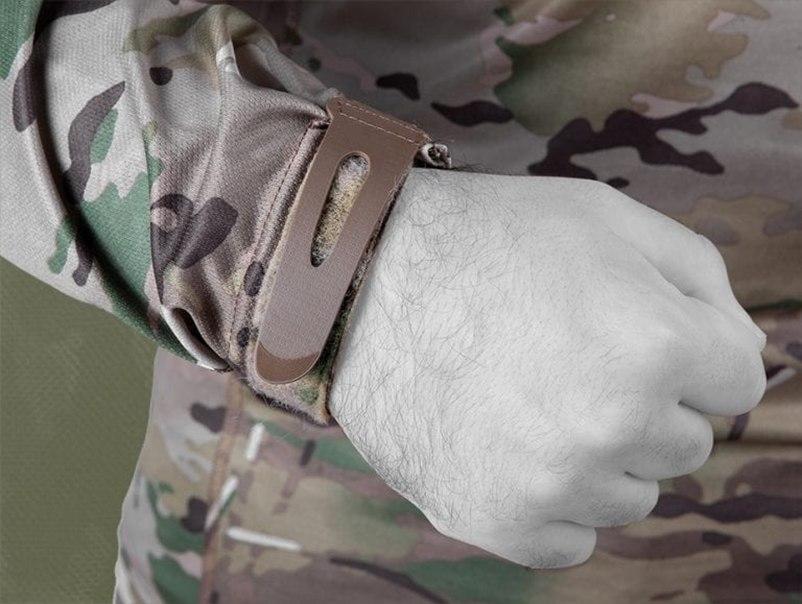There are different types of tactical clothing for each part of the body, from head to toe, depending on where and how you use it:
- Head
- Tactical caps and hats
- Warm tactical beanies
- Tactical and camouflage balaclavas
- Non-ballistic tactical helmets
- Chest
- Heat-Locket undershirt
- Long-sleeve shirt
- Cooling reflective shirt
- Tactical jackets against water, snow, wind, or cold
- Legs
- Arctic pants for extreme cold
- Winter pants for cold weather
- Lined pants for temperate conditions and rain
- Light reflective summer pants
- Warm fitting long underwear
- Footwear
- Weather-ready boots
- Tactical sneakers
The variety is even greater if you want to expand each minutia, but the extensiveness of the list shows how far you can adapt your clothes to your mission or job to acquire as much tactical advantage as possible.
Tactical Clothes for Training or Protection
Different tasks require different clothes. When training, we need to keep our long-term health in mind and leave the grounds in better shape than we have entered. This means staying warm, dry, and with our joints intact.
But, when we are out on a mission, ideal circumstances are impossible. It is much better to need a week afterward to recover from fatigue and strain than to leave yourself exposed during a mission. Especially for combat, we need to stay versatile and in a constant tactical advantage.
Because of this difference, training clothes will always be lighter, thinner, and less constricting than regular clothes. For practice, your main concern is staying light and dry, so that you have more time to increase your strength and endurance through training. This is why most security professionals now use tactical shirts like the KCS™ Keep Cool Shirt from UARM to cool the body down and protect from extensive sunlight.
Tactical Combat Gear
Combat gear is not only meant to add to a tactical advantage when it comes to the elements and camouflage but also work in tandem with your protective and ballistic clothing. For combat, there is a larger emphasis on innerwear and tactical garment that allows for easy addition of body armor.
Also, any boots used for combat purposes need to have as much shock absorption included as possible. Due to the weight of combat gear, combined with the often difficult terrain, the pressure on your feet and joints will be increased. To prevent micro-fractures when running and jumping with body armor and weapons, increased impact absorption is necessary.
Adapt to the Situation
Allowing yourself to adapt to the situation usually means having a bit more equipment before deployment than you need. It is easy not to take something like a rain poncho or a jacket if you don’t need them.
But, if you do need them and they are not in stock you might not only lose a tactical advantage but even endanger your life. Always better safe than sorry.
